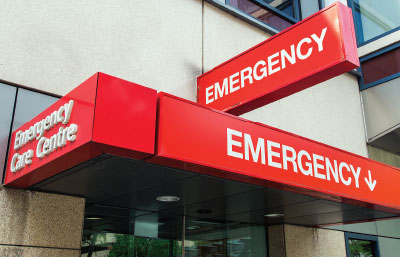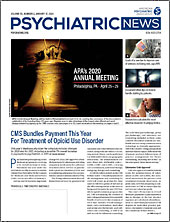Underage and college-age drinking declined between 2007 and 2017, but extreme binge drinking among adults is on the rise, said George F. Koob, Ph.D., director of the National Institute on Alcohol Abuse and Alcoholism (NIAAA), in a presentation at the American Academy of Addiction Psychiatry’s 30th Annual Meeting and Scientific Sessions last month.
“More than 14 million people in the U.S. have alcohol use disorder [AUD], and half of all liver disease is related to alcohol, yet fewer than 10% with alcohol use disorder receive any form of treatment,” Koob told the audience. He noted that only 4% of people with AUD receive pharmacotherapy.
“The good news is that there has been a steady decline in underage drinking. But this still comes to about 20% of teenagers,” he added, citing a study of 10th and 12th graders in which roughly 30% reported drinking alcohol in the past 30 days in 2007, compared with 20% in 2017.
Among college-aged young adults, drinking remains a challenge with 38% reporting binge drinking in the past month, 39.4% of males and 36.5% of females. To that end, NIAAA has revised its CollegeAIM Alcohol Intervention Matrix to reflect new research and add seven new interventions, and some interventions have received updated ratings of effectiveness. The matrix consists of a booklet and website to help schools identify effective alcohol interventions.
Koob noted that the gaps between men and women are narrowing for the prevalence of AUD, early onset drinking, the frequency and intensity of drinking, and driving while intoxicated.
“This is important because women are more likely to have blackouts and experience complications, but the research is mostly about men,” Koob said. Such complications include liver inflammation, brain atrophy, cognitive deficits, and certain cancers. Women are also more likely to experience negative affect during withdrawal and stress or anxiety-induced relapse. Yet there is a dearth of research focused on women and alcohol use, and more studies specifically about women are needed, said Koob.
Two other emerging issues appear to dovetail: increases in alcohol-related emergency department visits and increases in what Koob called “high-intensity” or extreme binge drinking, in which women have eight or more drinks on one occasion and men have 10 or more. Koob said that while the per capita consumption of alcohol increased less than 2% from 2006 to 2014, the rate of alcohol-related emergency department (ED) visits increased 47% for the same period.
Koob explained the risk of ED visits for extreme binge drinking: Compared with non-binge drinkers, women who have 8 to 11 drinks and men who have 10 to 14 drinks have 70 times the risk of an ED visit, and women who have 12 or more drinks and men who have 15 or more drinks have 93 times the risk.
To address these issues, NIAAA is developing a Clinician’s Core Resource that will provide information about the following:
•
How AUD presents in primary care.
•
Alcohol use across the lifespan.
•
Diagnostic criteria for AUD and recommended drinking limits.
•
Alcohol withdrawal syndrome.
•
Evidence-based therapies/medications for AUD.
•
Interactions between alcohol and commonly used medications.
•
Suggestions for how to start a conversation with patients about alcohol.
NIAAA is also redesigning its website based on input from its grant recipients and from user survey data, including updated content and a mobile- friendly design.
“We want to be your source for credible, evidence-based information about alcohol and health,” Koob told the audience. ■
CollegeAIM is posted
here.


